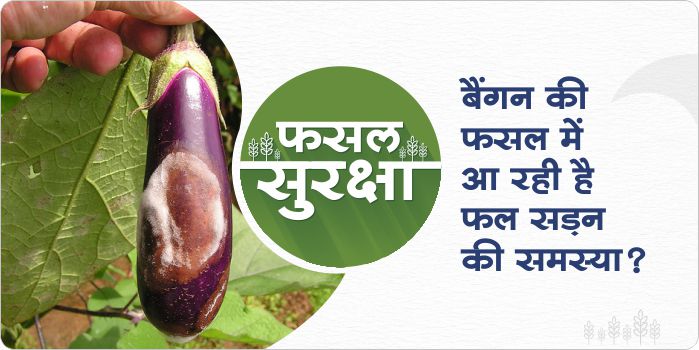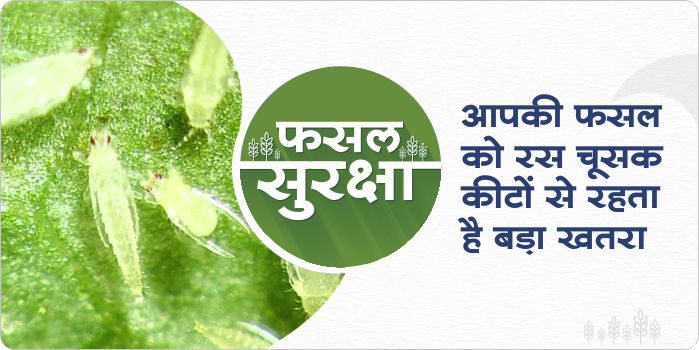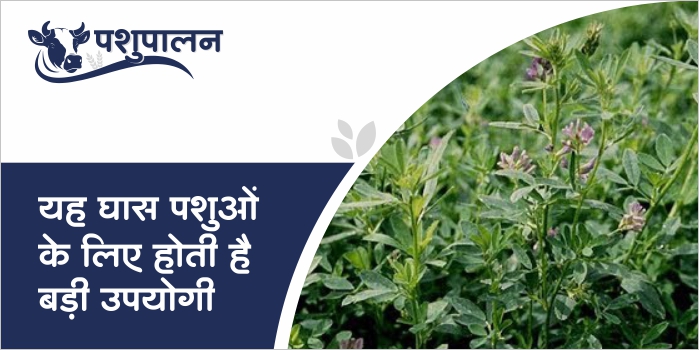- Excessive moisture can cause the fruit rot to infect the brinjal crop .
- Dried spots appear on the fruits of brinjal due to fungal infection, then these spots gradually spread to other fruits.
- The outer surface of the infected fruit turns brown on which white fungus develops.
- The leaves and other parts of the plant affected by this disease should be destroyed so that the spread of the disease can be contained.
- For control of this disease use Mancozeb 75 % WP @ 600 gram/acre or Kasugamycin 5% + Copper Oxychloride 45% WP @ 300 gram/acre or Hexaconazole 5% SC@ 400 ml/acre or Streptomycin Sulphate 90%+ Tetracycline Hydrochloride 10% W/W@ 24 gram/acre
- After 15-20 days, change the Fungicide as needed.
- As a biological treatment use Pseudomonas Fluorescens @ 250 gram/acre or Trichoderma Viride@ 500 gram/acre
Now 50 paise mandi tax will have to be given in place of 1.5 rupees in MP
Taking a major decision on the tax imposed in the mandis of Madhya Pradesh, the government has reduced the tax. After this decision, now only 50 paise will have to be paid in lieu of one and a half rupees as mandi tax. This information was given by the state agriculture minister Kamal Patel on the auspicious occasion of Deepawali festival.
The Agriculture Minister said that “Under the Madhya Pradesh Agricultural Produce Market Act, the state government had decided to reduce the tax on sales in mandis, in the interest of traders. It has been implemented on the day of Diwali.” Shri Patel informed that the 20 paise destitute fund tax in the mandis has also been abolished.
Source: Krishak Jagat
ShareMeasures for crop growth in 15-20 days of sowing in pea crop
- Pea is a pulse crop, thus not requiring much nitrogenous fertilizer.
- In pea crop, micronutrients are very important in 15-20 days of sowing and it is also very important to protect the crop from fungal diseases and insects.
- For Protection of pea crop from all these diseases use Micronutrient @ 8 kg /acre + sulphur 90%@ 5 kg/acre+ zinc sulphate@ 5 kg /acre
- For Protection of pea crop from insects use Acetamiprid 20 % SP@ 100 gram/acre or Profenofos 50 % Ec@500 ml/acre
- For Protection of pea crop from fungal disease use Carbendazim 12% + Mancozeb 63%@ 300 gram/acre or Hexaconazole 5% SC@ 400 ml/acre
- As a biological treatment use Pseudomonas Fluorescens @ 250 gram/acre.
Methods and benefits of using pheromone trap
- Pheromone trap is a type of insect trap used to attract insects
- Different pheromones are used for different types of insects.
- It is applied on all the four corners of the field, each pheromone has a capsule in which the male adult insect is trapped.
- The advantage of this new technology is that the farmer can use it by estimating the number of insects on his fields.
- It is the cheapest biological method to use against fruit fly and caterpillars.
- This is a good way to control adult insects, thereby controlling the life cycle of the insect.
Management of sucking pests
- Due to the changes in the weather, all the crops that are planted during the Rabi season are affected by the sucking pests
- These pests are thrips, aphid, jassid, Mites, white fly, all of these pests cause harm to the crop by sucking the sap of leaves of crops.
- For thrips management use Profenofos 50 % EC @ 500 ml/acre or Acephate 75 %SP @ 300 gram/acre or Lambda Cyhalothrin 4.9 % CS@ 300 ml /acre or Fipronil 5% SC @ 400 ml/acre.
- For Aphid/ jassid management use Acephate 50 %+ Imidacloprid 1.8 %SP @ 400 gram/acre or Acetamiprid 20 % SP @ 100 gram/acre or Imidacloprid 17.8% SL @ 100 gram/acre
- For white fly management use Diafenthiuron 50 % WP @ 250 gram/acre or Flonicamid 50% WG @ 60 gram/acre or Acetamiprid 20 % SP @ 100 gram/acre
- For Mites management use Propargite 57% EC @ 400 ml /acre or Spiromesifen 22.9% SC @ 250 ml/acre or Abamectin 1.9 % EC @ 150 ml/acre
Razaka grass, a very useful food for animals
- Rajka grass is rich in protein and vitamins, fulfills the need for a good nutritious diet for animals.
- Regularly feeding this grass to animals increases milk production as well as ups their disease resistance.
- The size of its seed is very small. Therefore, for its cultivation, plough the land deeply, prepare the field flat and weed free.
- The use of this grass increases the quantity of milk in animals and provides green fodder to the animals throughout the year.
Share
What measures taken to increase germination after sowing the crop
- In most areas crop sowing of the Rabi season is almost complete.
- The changes in the weather, the crop is not getting germinated properly.
- Farmers can increase the germination percentage of the crop by adopting some simple measures.
- It is very important to have sufficient moisture for germination in the field at the time of sowing. Plants germinate well in sufficient moisture and new roots begin developing in the plants.
- For good growth and development of roots, use the organic product Maxxmyco 2 kg/acre as soil treatment within the 15-20 days of sowing.
- Along with this spray seaweed extract @ 300 ml / acre or Humic acid @ 100 gram / acre.
- And if any type of fungal diseases are found in the soil, then use appropriate fungicide.
- By adopting these measures, the germination of crops can be increased
How to prevent root rot and stem rot disease after sowing in the potato crop
- Root rot disease occurs due to sudden drop and rise in temperature. Fungal disease develops in the soil causing the potato crop to turn black, which deprives the plants of the necessary nutrients and the plants turn yellow and wither away.
- Stem rot disease is a soil borne disease, in this disease, the stem of the potato plant turns black and gummy secretion comes out from the middle part of the stem due to which the main nutrients do not reach the upper part of the plant and the plant dies
- For prevention of these disease use Azoxystrobin 11% + Tebuconazole 18.3% SC@ 300 ml/acre or Kasugamycin 5% + Copper Oxychloride 45% WP@ 300 gram/acre or Chlorothalonil 75% WP@ 400 gram/acre or Thiophanate Methyl 70% W/W@ 300 gram/acre
- As biological treatment use Trichoderma Viride@500 gram/acre or Pseudomonas Fluorescens@ 250 gram/acre
- Always sow the crop only after soil treatment and seed treatment.
Choose advanced varieties of wheat for improved cultivation of wheat
Mahyco – Lok-1: The crop duration of this variety is 105-115 days, the height of the plant is medium, the seed rate is 30-35 kg / acre, the number of tillers is good, the length of spikes is high, the Bold grain and Moderately tolerant to rust disease. This variety is more popular among farmers, it is an older variety , the total yield is 15-18 quintals / acre.
Shriram super 111: The crop duration of this variety is 115-120 days, the height of the plant is 107 cm, the seed rate is 40 kg / acre, the number of tillers is high, long spikes, the Bold grain and Moderately tolerant to rust disease. The total yield is 22-25 quintals / acre.
ShareImproved varieties of wheat, their properties and characteristics
Mahyco Goal: The crop duration of this variety is 130-135 days, the height of the plant is 100-110cm , the seed rate is 40 kg / acre, the number of tillers 8-12, the numbers of spikes is 14-16 cm ,the Number of grain in per spike is 70-90 . the Bold grain and Moderately tolerant to rust disease. the total yield is 18-20 quintals / acre.
Mahyco Mukut plus MWL 6278: The crop duration of this variety is 110-115 days, the height of the plant is 100-110cm , the seed rate is 40 kg / acre, More and longer spikes, more number of grain in per spike, medium size of grain, more number of tillers , the shiny grain and Moderately tolerant to rust disease. the total yield is 15-18 quintals / acre.
Share









